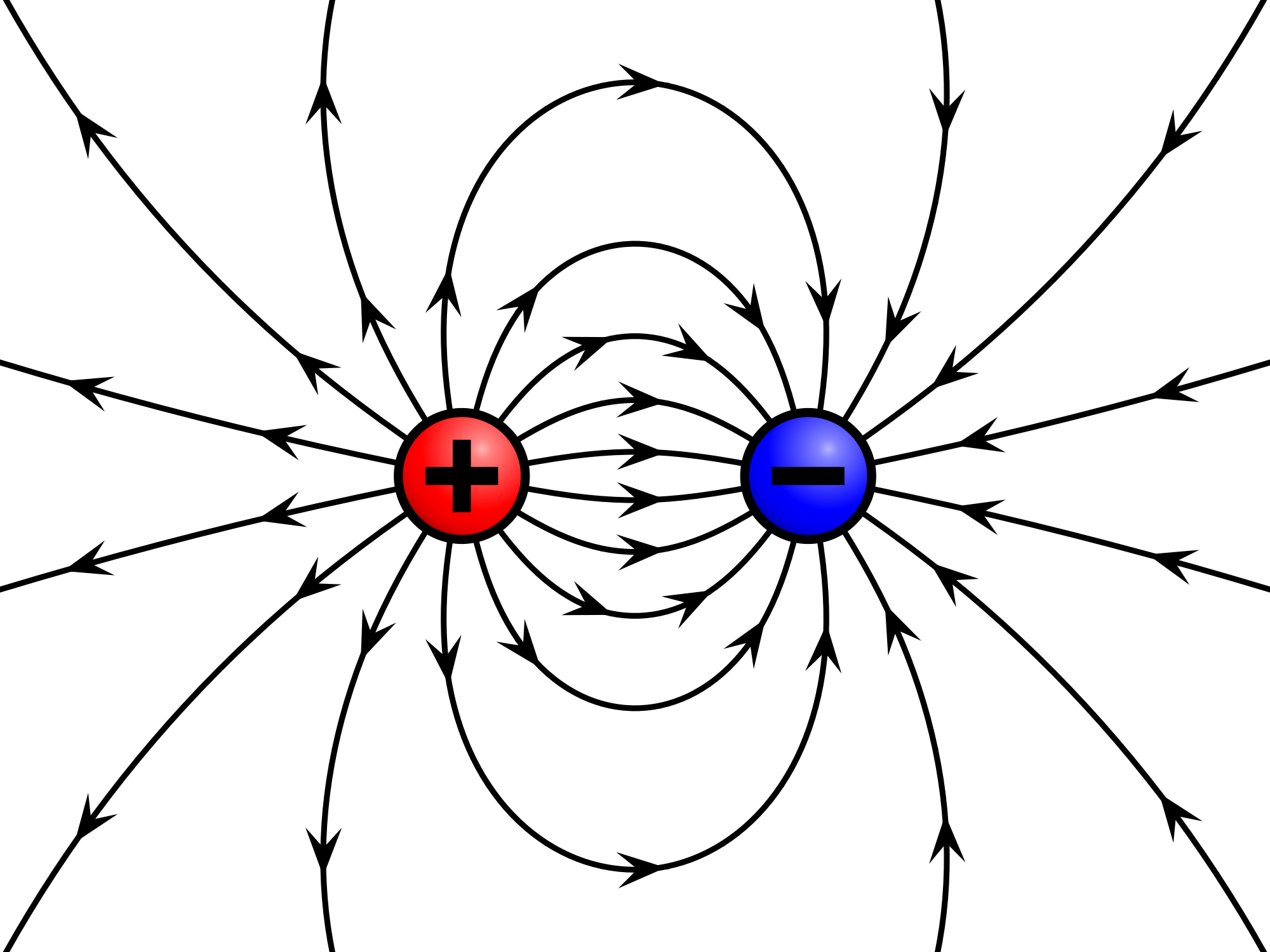
Did you know that force fields don't just exist in science fiction movies? In this lesson, we'll explore the electric force fields that surround charged particles and how we can draw diagrams that represent them.
Force Fields In Real Life
Just the other day, I was watching a science fiction movie where a space station was surrounded by an invisible force field that protected it from attacks. This would be a great invention to have in real life, but we all know that force fields don't really exist, right? Well, maybe not ones strong enough to protect a space station, but they're not so far-fetched when we shrink down to the atomic level. You see, electrically charged particles, such as protons and electrons, do in fact have invisible force fields surrounding them. In this lesson we're going to talk about those fields and the way that scientists use diagrams to represent them.
Understanding Electric Force
Before we talk about electric force fields, we need to review some of the characteristics of electric force. All electrically charged particles exert a force on other charged particles. If the two particles have the same type of charge, such as two electrons, then the force will be repulsive and try to separate them. On the other hand, if the two particles have opposite charges, such as a proton and an electron, then the force will be attractive and try to pull the particles together.
The strength of the force is very dependent on the distance between charged particles. The force is very weak when the particles are far apart, but gets much stronger as they move closer together. Another thing to note is that the force acts equally in all directions, which is why we use the term field. Anelectric force field is just the space surrounding a charged particle where a force will be experienced by other charged particles.
The strength of the force is dependent on the distance between the particles.
Electric Field Diagrams

Scientists often use diagrams to help us visualize concepts that we can't actually see. To make the diagram for an electric force field, we start with a circle that represents our charged particle. Next, we need a way to represent the force that our particle exerts on other particles. The problem we run into is that our particle can either repel or attract other particles depending on whether they have similar or opposite charges. To show these two situations, we actually use two separate diagrams, one with arrows pointing out from the circle and the other with the arrows pointing in. The arrows are called field lines and simply indicate whether the particle is repelling or attracting.
Now, what if we wanted one of these diagrams to represent a proton? At this point, we don't have enough information to decide because a proton can exert a repelling or an attracting force depending on the type of charge on the other particle. Scientists recognized this problem, so they came up with a rule that everyone would follow when drawing electric field diagrams. That rule stated that the field lines always point in the direction of the force experienced by a positively charged particle placed in the field. It sounds confusing at first, but it's actually quite simple when we draw it out. Let's go back to our two diagrams of repelling and attracting forces. Which one of these would represent a proton? We know that protons repel other positively charged objects, so the field lines would point out and away. On the other hand, an electron would attract a positively charged object, so the field lines would point in. Although it's good to know the rule, you can skip straight to the conclusion that if you see a diagram with the field lines pointing out, it always represents a positively charged particle. Likewise, field lines pointing in always represents a negatively charged particle.

also dear do as I done....
Downvoting a post can decrease pending rewards and make it less visible. Common reasons:
Submit
A great insight of electric force, wonderful work done. Cheers!
Downvoting a post can decrease pending rewards and make it less visible. Common reasons:
Submit
Hi! I am a robot. I just upvoted you! I found similar content that readers might be interested in:
https://study.com/academy/lesson/electric-force-fields-and-the-significance-of-arrow-direction-spacing.html
Downvoting a post can decrease pending rewards and make it less visible. Common reasons:
Submit